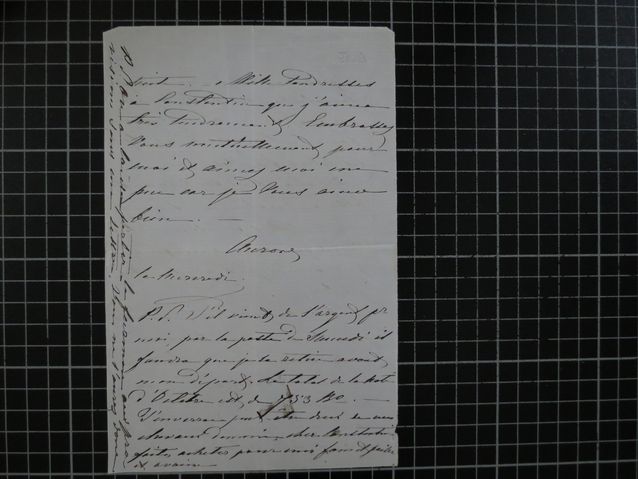Juhani Härmä
Born May 21, 1949, Helsinki
Master of Arts 1974 (Romance philology), Licentiate of Philosophy 1977 (Romance philology) and Doctor of Philosophy (Romance philology) 1979, University of Helsinki
Professor of Romance Philology (1998-), University of Helsinki
Research Council for the Humanities, 1977–1980 (Research Assistant) and 1980–1983 (Junior Researcher)
Professor of Romance Philology 1983–1985 and Docent of Romance Philology 1980-, University of Jyväskylä
Associate Professor of Romance Philology of the University of Helsinki 1985–1998
Visiting professor of Finnish language and culture in the University III of Paris 1991–1994
Publications, research projects and other academic activity
Research themes: syntax of old and modern French, contrastive French-Finnish linguistics, textual research; recent interest in the historical use of French in Finland, especially in Finnish correspondence in French.
Written by Juhani Härmä and Riitta-Ilona Hurmerinta (ed.)
Translated by Karra Väisänen, Sampsa Granström,Tuuli Äärilä and Elina Saala. Revised by John Calton.

